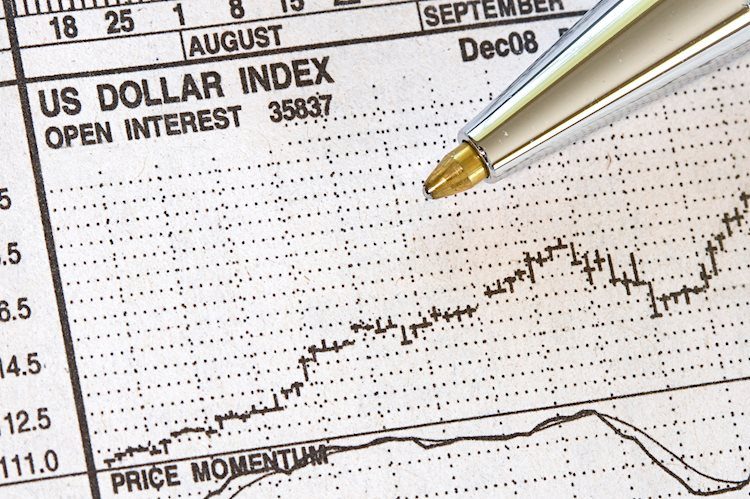US Retail Sales saw a slight uptick in June, which resulted in some gains for the US Dollar on Tuesday as reported by the DXY index. However, the overall outlook for the USD remains negative due to dovish bets on the Federal Reserve. Market confidence in a possible rate cut in September remains high, despite the cautious stance maintained by Fed officials.
The US economic outlook shows signs of disinflation, leading to increased confidence among traders for a rate cut in September. Retail Sales figures for June, while flat at 0.0%, were revised upwards from a previously reported increase of 0.1% to 0.3%. Retail Sales ex Autos also rose by 0.4% after a 0.1% decline in May that was revised upward to 0.1%. The CME FedWatch Tool further supports the probability of a rate cut in September, with odds currently standing at over 85% for a 25-basis-point cut.
Despite the DXY index regaining the 200-day Simple Moving Average, the technical outlook for the USD is still bearish. Both the Relative Strength Index (RSI) and Moving Average Convergence Divergence (MACD) indicators are in negative terrain, signaling a selling opportunity. While a slight upward correction may occur, the overall technical outlook remains bearish, with a fragile bullish momentum gained on Tuesday.
Central banks play a crucial role in maintaining price stability within a country or region by managing inflation levels through their policy rates. Central banks like the US Federal Reserve, European Central Bank, and Bank of England aim to keep inflation close to 2%. By adjusting their benchmark interest rates, central banks can influence savings and lending rates, impacting accessibility to credit for individuals and businesses. Monetary tightening occurs when rates are hiked substantially, while monetary easing refers to rate cuts.
Central banks are typically politically independent, and members of the policy board have varying views on how to control inflation and manage monetary policy. “Doves” advocate for looser monetary policies to boost the economy, while “hawks” prefer higher rates to control inflation. The chairman of the central bank plays a key role in creating a consensus among board members and delivering speeches to communicate the monetary stance and outlook. Members are required to maintain discretion in their communication leading up to policy meetings to prevent market disruptions.
In conclusion, the US Retail Sales figures for June have provided a boost for the US Dollar, albeit with a bearish overall outlook due to dovish expectations on the Federal Reserve’s future actions. Market sentiment remains positive for a potential rate cut in September, supported by data indicating disinflation in the economy. Central banks play a critical role in managing inflation through their policy rates, with a focus on maintaining price stability. The political independence of central banks allows for diverse views on monetary policy strategies, with the chairman leading meetings and communication efforts to ensure market stability.











